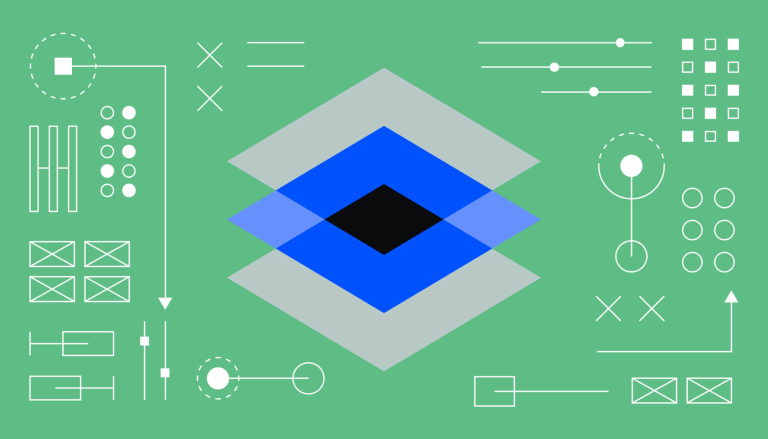What’s the difference between cross-chain and multichain?

Cross-chain and multichain are both technologies that strive to enhance interoperability in the blockchain ecosystem.
Multichain refers to the utilization of multiple blockchain networks, harnessing their unique capabilities for diverse purposes.
Cross-chain, conversely, facilitates the transfer of data or assets between different blockchain networks, augmenting scalability and utility.
Understanding Multichain
Multichain technology refers to the capacity to utilize multiple blockchain networks, typically by amalgamating the unique capabilities and strengths of different chains.
Instead of depending on a single blockchain for all needs, multichain architectures harness different blockchains for diverse purposes. For instance, one chain could concentrate on security while another specializes in scalability. Multichain technology mitigates risk and prevents systemic failures. If one chain encounters issues, the application continues functioning on the other chains.
This resistance to disruption makes multichain appealing for mission-critical decentralized applications (dApps). Multichain expands interoperability in the blockchain ecosystem by merging isolated networks into a cooperative fabric.
Understanding Cross-Chain
Cross-chain technology, conversely, is the capacity to transfer data or assets between different blockchain networks, enabling interoperability. Cross-chain bridges transfer tokens and assets between chains, providing access to DeFi apps on different networks. This interconnectivity helps scale networks by moving data/assets to prevent congestion.
Cross-chain interoperability enables assets and data to flow freely between decentralized networks—bringing greater utility, flexibility, and scalability to blockchain ecosystems. It's akin to the global SWIFT network in traditional banking, which facilitates the transfer of value from one banking institution to another.
The Importance of Interoperability
Interoperability is a crucial concept in both multichain and cross-chain technologies. It's what makes these technologies work. Interoperability allows different networks and projects to "communicate" with each other, enabling users to send data and value from one network to the other seamlessly.
In the crypto space, interoperability can be compared to the ability to transfer value from one bank to another in traditional finance. Just as having value with one bank doesn't mean it's stuck there, having value (coins) on a particular blockchain doesn't mean you can't carry that data and value over into other networks.
Multichain vs Cross-Chain: Key Differences
While both multichain and cross-chain technologies strive to enhance interoperability in the blockchain ecosystem, they do so in different ways.
In a multichain environment, each dApp instance consists of an isolated set of smart contracts with no connection to other applications on other blockchains. This approach increases the total aggregate throughput of the smart contract economy, leading to the onboarding of more users who can transact at a lower cost.
Conversely, cross-chain dApps function across multiple different smart contracts deployed across multiple different blockchains. This allows assets to flow between unrelated blockchains, using a smart contract to enable networks to interact seamlessly.
While multichain focuses on harnessing the strengths of different blockchains for diverse purposes, cross-chain facilitates the transfer of data or assets between different blockchain networks.


